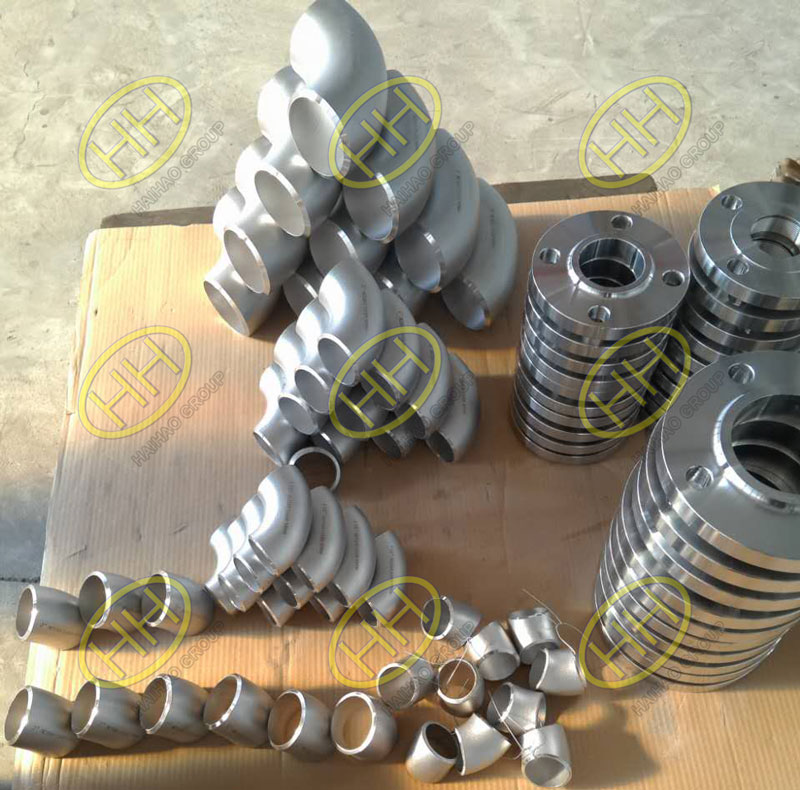The role of chromium in corrosion resistance of stainless steel
All metals react with oxygen in the atmosphere to form an oxide film on the surface. Unfortunately, the iron oxide formed on ordinary carbon steel continues to oxidize, causing the corrosion to expand and eventually form holes. Carbon steel can be coated with paint or with oxidation resistant metals (e.g., zinc, nickel, and chromium), but this protection is only a thin film. If the protective layer is broken, the underlying steel begins to rust. Corrosion resistance of stainless steel depends on chromium, but because chromium is a component of steel, protection methods are not the same.

stainless steel 45 degree and 90 deree butt welding elbows
When the chromium content reaches 10.5%, the atmospheric corrosion resistance of steel increases significantly, but when the chromium content is higher, the corrosion resistance can still be improved, but it is not obvious. The reason is that when the steel is alloyed with chromium, the type of surface oxide is changed to resemble the surface oxide formed on the pure chromium metal. This tightly adhering chromium – rich oxide protects the surface from further oxidation. This oxide layer is extremely thin, through which the natural luster of the steel surface can be seen, giving the stainless steel a unique surface. Moreover, if the surface is damaged, the exposed steel surface will react with the atmosphere to repair itself, re-forming this “passivation film” and continuing to provide protection.
Therefore, all stainless steel have a common characteristic, that is, chromium content of more than 10.5%.
Haihao group is a professional supplier of stainless steel pipe fitting flange for more than 30 years, with rich experience in stainless steel corrosion protection. If you have research on corrosion protection of stainless steel, and stainless steel pipe flange inquiries, welcome to contact.Email:sales@haihaogroup.com
